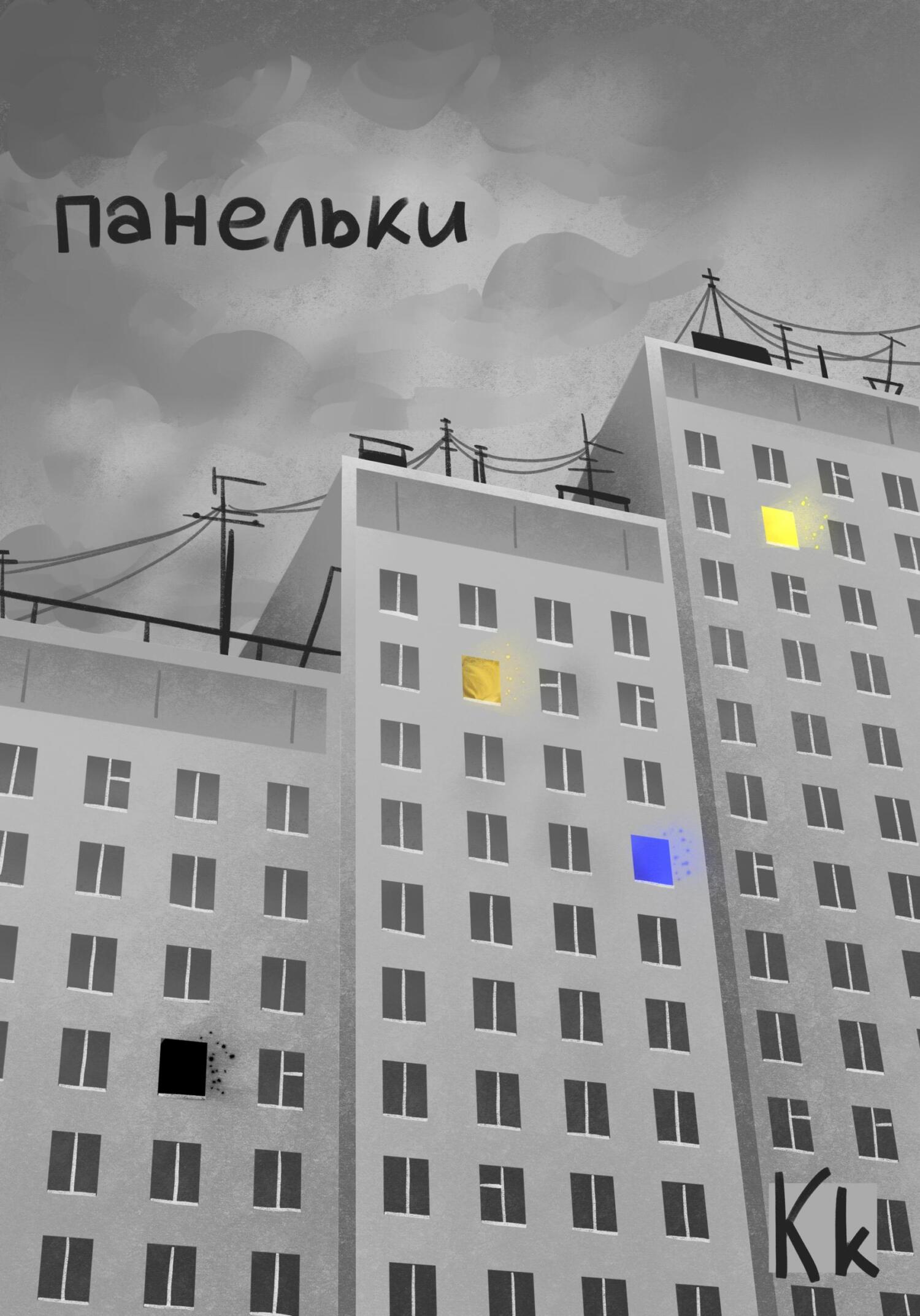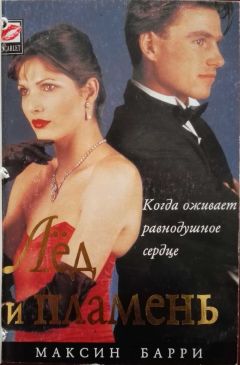Авторство иллюстраций
Все иллюстрации, не вошедшие в приведенный ниже список, были созданы самим автором.
Рисунок 1.1 Изображения на сетчатке: © Margaret Nelson.
Рисунок 1.2 Оптические пути и перекрест зрительных нервов: © Margaret Nelson.
Рисунок 3.2 Набросок цветка: Рисунок Лиама Маккоя.
Рисунок 3.3 Набросок кошки: Рисунок Лиама Маккоя.
Рисунок 3.5 Иллюзия Геринга: Wikipedia (https://en.wikipedia.org/wiki/Hering_illusion#/media/File: Hering_illusion.svg), by Fibonacci, licensed under CC BY-SA 3.0 (https://creativecommons.org/licenses/by-sa/3.0).
Рисунок 3.6 Прозрачность: Из книги J. Albers, Interaction of Color (New Haven, CT: Yale University Press, 2006).
Рисунок 3.7 Сильно упрощенное схематичное изображение каналов восприятия и действия: Автор изображения Эндрю Дж. Барри.
Рисунок 3.8 Ваза Рубина: V. Ramachandran and D. Rogers-Ramachandran, “Ambiguities and Perception,” Scientific American Mind 18 (2007): 18.
Рисунок 3.9 Иллюзия Уилсона: © 1992 by Bruner/Mazel Inc. Из книги J. Block and H. E. Yuker, Can You Believe Your Eyes? Копируется с разрешения Taylor and Francis Group, LLC, подразделения Informa PLC.
Рисунок 3.11 Интеграция контура: Wikipedia (https://commons.wikimedia.org/wiki/File: Contour_Integration_Example_1.jpg), by Mundhenk, licensed under CC BY-SA 3.0 (https://creativecommons.org/licenses/by-sa/3.0).
Рисунок 3.12 Камуфляж: змея в листьях: Из книги Rockwell Kent, “Copperhead Snake on Dead Leaves,” in A. H. Thayer, Concealing-Coloration in the Animal Kingdom (New York: Macmillan, 1909). Public domain.
Рисунок 3.13 Абстракция Лиама: Рисунок Лиама Маккоя.
Рисунок 4.1 Джузеппе Арчимбольдо, «Садовник»: Picture Art Collection / Alamy Stock Photo (https://www.alamy.com/stock-photo-giuseppe-arcimboldo-the-vegetable-gardener-91283590.html).
Рисунок 4.2 Чак Клоуз, «Автопортрет», 2007: © Chuck Close, courtesy Pace Gallery; first viewed at Mount Holyoke College Art Museum, South Hadley, Massachusetts, purchased with the Art Acquisition Endowment Fund.
Рисунок 5.1 Треугольник Каниша: Wikipedia, (https://en.wikipedia.org/wiki/Illusory_contours#/media/File: Kanizsa_triangle.svg), by Fibonacci, licensed under CC BY-SA 3.0 (https:// creativecommons.org/licenses/by-sa/3.0).
Рисунок 5.4 Разрозненные фрагменты на левом рисунке приобретают новый смысл, когда мы переводим взгляд на правый рисунок: Приводится с особого разрешения из книги A. S. Bregman, “Asking the ‘What For’ Question in Auditory Perception,” in M. Kubovy and J. R. Pomerantz, eds., Perceptual Organization, (Hillsdale, NJ: Lawrence Erlbaum, 1981).
Рисунок 5.6 Стереограмма: Автор фотографии James Gehrt.
Рисунок 8.2 Иллюзия Понцо: Wikipedia (https://en.wikipedia.org/wiki/Ponzo_illusion#/media/File: Ponzo_illusion.gif), by Tony Philips, National Aeronautics and Space Administration. Public domain.
Рисунок 8.4 Иллюзия коридора: By J. Deregowski in R. L. Gregory and E. H. Gombrich, eds., Art and Illusion (London: Duckworth, 1973).
Рисунок 8.5 Лестница: © James Gehrt.
Рисунок 8.6 Отражения в стекле: © James Gehrt.
Рисунок 8.7 Тени влияют на наше восприятие глубины пространства: Рисунок Джеймса Герта.
Рисунок 8.8: Тени влияют на наше представление о положении шарика: Автор изображения Эндрю Дж. Барри.
Рисунок 8.9 “An early bird who caught a very strong worm”: Отрывок из The Ultimate Droodles Compendium by Roger Price Copyright ©2019 Tallfellow Press, used with permission. All rights reserved.
Рисунок 9.1 Лиам, 2019: Photo by Pixel Caliber Collective.
Рисунок 10.1 Нажма и Зохра в лондонском метро: семейные фотографии Дамжи.
Рисунок 18.1 Зохра в Торонто, 2019: семейные фотографии Дамжи.
Сьюзан Р. Барри – заслуженный профессор биологии и нейробиологии в Маунт-Хольйоук-Колледже, где она исследовала нейропластичность и стереоскопическое зрение, автор книги Fixing My Gaze: A Scientist’s Journey into Seeing in Three Dimensions. Живет в штате Массачусетс.
notes
Сноски
1
R. L. Gregory and J. G. Wallace, Recovery from Early Blindness: A Case Study, Monograph No. 2 (Cambridge, UK: Experimental Psychology Society, 1963).
2
O. Sacks, “To See and Not See,” in An Anthropologist on Mars: Seven Paradoxical Tales (New York: Alfred A. Knopf, 1995).
3
B. Biderman, Wired for Sound: A Journey into Hearing (Toronto: Journey into Hearing Press, 2016), 26.
4
S. R. Barry, Fixing My Gaze: A Scientist’s Journey into Seeing in Three Dimensions (New York: Basic Books, 2009).
5
I. Biederman et al., “On the Information Extracted from a Glance at a Scene,” Journal of Experimental Psychology 103 (1974): 597–600.
6
A. Valvo, Sight Restoration After Long-Term Blindness: The Problems and Behavior Patterns of Visual Rehabilitation (New York: American Federation for the Blind, 1971), 39.
7
A. S. Bregman, Auditory Scene Analysis: The Perceptual Organization of Sound (Cambridge, MA: MIT Press, 1990).
8
Valvo, Sight Restoration After Long-Term Blindness, 9.
9
D. Wright, Deafness: An Autobiography (New York: Harper Perennial, 1993), 14.
10
Biderman, Wired for Sound; H. Lane, The Mask of Benevolence: Disabling the Deaf Community (New York: Knopf, 1992).
11
R. Latta, “Notes on a Case of Successful Operation for Congenital Cataract in an Adult,” British Journal of Psychology 1 (1904): 135–150.
12
Gregory and Wallace, Recovery from Early Blindness.
13
Valvo, Sight Restoration After Long-Term Blindness.
14
M. von Senden, Space and Sight: The Perception of Space and Shape in the Congenitally Blind Before and After Operation (Glencoe, IL: Free Press, 1960).
15
Gregory and Wallace, Recovery from Early Blindness.
16
J. M. Hull, Touching the Rock: An Experience of Blindness (New York: Pantheon Books, 1990), 94.
17
Valvo, Sight Restoration After Long-Term Blindness, 12.
18
I. Rosenfield, The Invention of Memory: A New View of the Brain (New York: Basic Books, 1988).
19
Hull, Touching the Rock, 217.
20
E. J. Gibson and A. D. Pick, An Ecological Approach to Perceptual Learning and Development (New York: Oxford University Press, 2000); M. E. Arterberry and P. J. Kellman, Development of Perception in Infancy: The Cradle of Knowledge Revisited (New York: Oxford University Press, 2016).
21
O. Sacks, The River of Consciousness (New York: Knopf, 2017), 183.





